
In today’s fast-paced digital landscape, businesses must adapt quickly to stay competitiv Cloud modernization. Cloud modernization is a strategic approach to upgrading your IT infrastructure, applications, and data management to take full advantage of cloud computing. This transformation can future-proof your business by enhancing agility, reducing costs, and improving scalability.




1 Comment